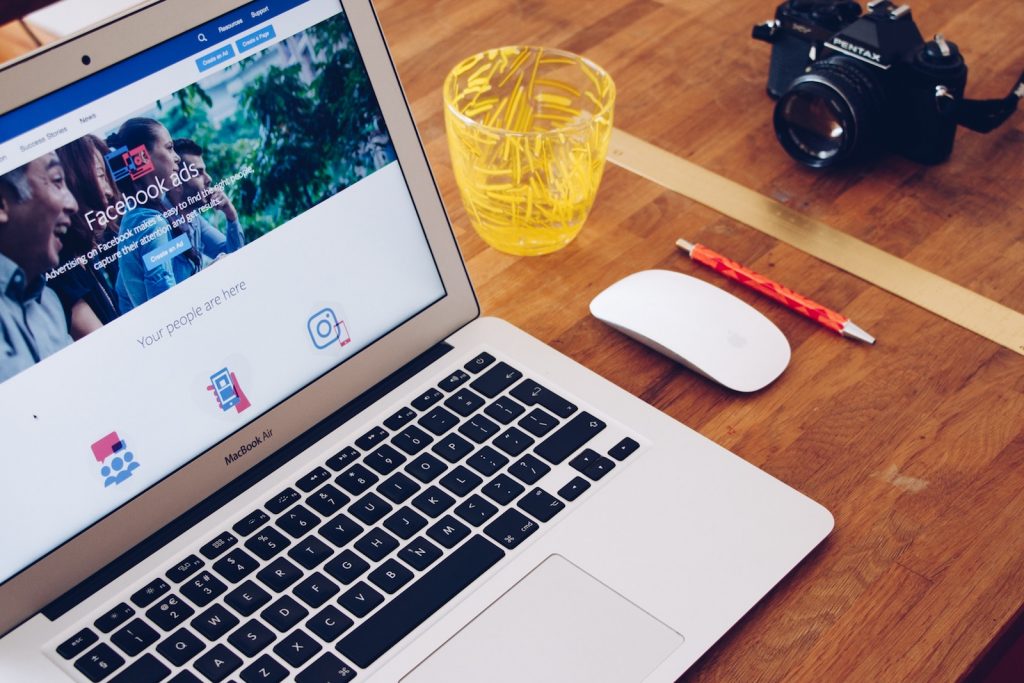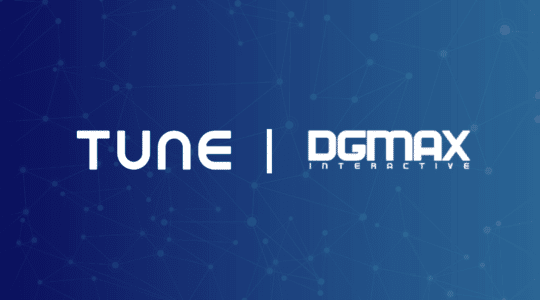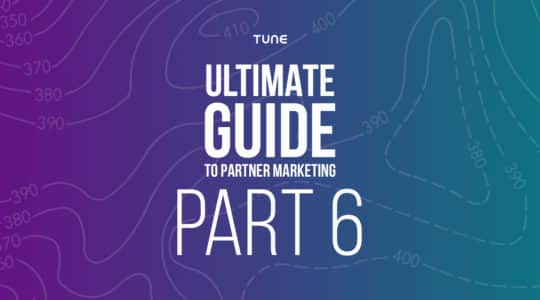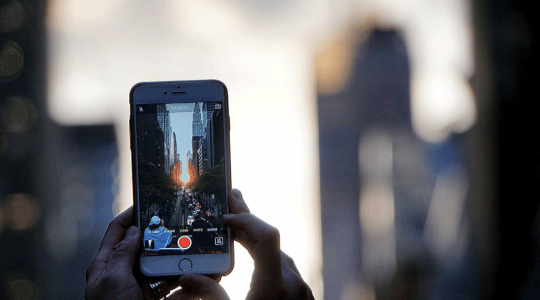
Photo by Will Francis on Unsplash
Which is worse for performance marketing campaigns: unviewable ads, or outright fraud? Why not both?
According to a June 2018 report by DoubleVerify, media quality issues remain the biggest problem impacting digital advertising performance today. In just the past year, mobile ad fraud has increased by 800%, even though ad viewability has improved. As a result, more and more advertisers are looking for ways to independently verify their campaign performance. And, somewhat surprisingly, they’re finding tools to do just that.
In this post, we’ll review the current challenges and standards in digital ad viewability, and the new solutions that are helping marketers regain control over their campaign performance.
Quality Control You Can’t See
So, how are impressions counting for all these ads when real people aren’t actually viewing them? In a few ways, actually.
- Bot traffic. Bots are the reason viewability has become a critical issue in the era of digital advertising. Why? A bot ad view is technically still an ad view. Since it still counts, a publisher gets credit for the view.
- Poor placement. Display ads can be placed anywhere — even in areas that users rarely visit, like the bottom of a long web page. In these cases, even if the ad is served, there’s a high likelihood that no one will ever see it.
- Time post-render. Some ads are shown for just a fraction of a second before serving the next one. That fraction of a second still counts as an impression. (Just maybe not one a human would be able to recall.)
Gaining Industry Consensus on Viewability
It seems reasonable to agree that, if an advertiser is paying for an ad, it should be seen. What’s harder for the digital advertising industry to agree on is what actually counts as seen.
For example: If a user sees an ad for less than a second, does that count as an impression? What about videos — if a user watches only five seconds of a 30-second video ad, does the publisher still get credit for serving that ad? (Et cetera, ad nauseum.)
To help the industry come to a consensus, the Interactive Advertising Bureau (IAB) teamed up with the Media Rating Council (MRC) in 2014 to define a “general standard for measuring viewable impressions displayed on websites and in video.” In addition to the standard list of measurement criteria, these viewable impression guidelines include two time-in-frame requirements:
- Pixel requirement: At least 50% of the ad has to be visible on the browser page of an active browser tab, and
- Time requirement: The ad has to be visible (i.e., meet the pixel requirement) for at least one continuous second post-render.
Separate guidelines for mobile web and in-app impressions were set in 2016, but the requirements are basically the same.
While these guidelines are a great starting point, that’s all they are — a starting point. The best way to counteract potential issues is to have all parties set clear, comprehensive expectations before a campaign begins. (The IAB provides a checklist to help do just that.) Only after these expectations are established can advertisers and publishers identify the right technology and strategies needed to make a campaign a success.
The Rise of Independent Verification
Despite the best efforts of advertisers and their partners, ad fraud and viewability problems have continued to leech away at marketing budgets, forcing advertisers to look outside the platform-shaped box for solutions to stop the bleeding.
Luckily, third-party tools for tackling viewability have been gaining momentum the past couple of years. For example:
- Last month, Google announced a new feature for their enterprise ad-buying platform that allows advertisers to set custom viewability metrics. The feature is powered by Google’s free Active View solution, which is integrated into all of its ad products, to measure viewability in real time.
- In June 2018, the IAB released an open-source code library for measuring video viewability that’s free to anyone with the technical chops to use it. Other companies, like Viewability, offer free widgets that can analyze the percentage of an ad that’s visible, how long a user spent viewing an ad, and whether an ad is considered viewable based on Google’s viewability metrics.
- Earlier this year, LinkedIn and Pinterest both announced that advertisers will be able to measure viewability on their platforms thanks to a partnership with Moat, an independent measurement provider acquired by Oracle in 2017. Examples of similar solutions include Integral Ad Science, FraudLogix, BrandVerity, and DoubleVerify.
- In late 2017, comScore introduced a free viewability platform for advertisers and publishers. The tool allows digital media buyers and sellers to measure viewability rates across display, video, and mobile inventory.
These solutions are opening the door for independent verification on digital advertising platforms, often where none existed before. Take Facebook and Google, companies notorious for being walled gardens, secretive about data and how its obtained, and defining success on their terms. Yet even the duopoly has recently made strides in transparency; Facebook now has five partners that can independently provide ad viewability verification.
So the loaded question is: Are these tools working? Early signs point to yes. In the United Kingdom, viewability has risen from 53% in the latter half of 2017 to 63% in 2018. And almost half of all ads are now in view for longer than five seconds, up from 36% in 2017.
Looking Into the Future
While some viewability stats are encouraging, eMarketer analyst Lauren Fisher reminds us of the sobering reality: “Fraud detection and prevention tools have advanced, but so have the lengths to which fraudulent parties go to deceive buyers.” Advertisers remain vulnerable, especially as the industry struggles to align definitions and accepted measurement methods.
As such, we at TUNE anticipate new solutions for fraud and viewability will keep popping up, either until fraud is no longer a $51 billion dollar issue, or advertisers stop caring about it. (And we don’t see that second one happening anytime soon.) We welcome these solutions with open arms, because fraud and viewability are the responsibility of all companies in our space — and when our partners win, we all win.
For more information, read our articles on fraud here. For a full list of MRC accredited viewability solutions, download this guide.
Author
Becky is the Senior Content Marketing Manager at TUNE. Before TUNE, she handled content strategy and marketing communications at several tech startups in the Bay Area. Becky received her bachelor's degree in English from Wake Forest University. After a decade in San Francisco and Seattle, she has returned home to Charleston, SC, where you can find her strolling through Hampton Park with her pup and enjoying the simple things in life.




Leave a Reply
You must be logged in to post a comment.